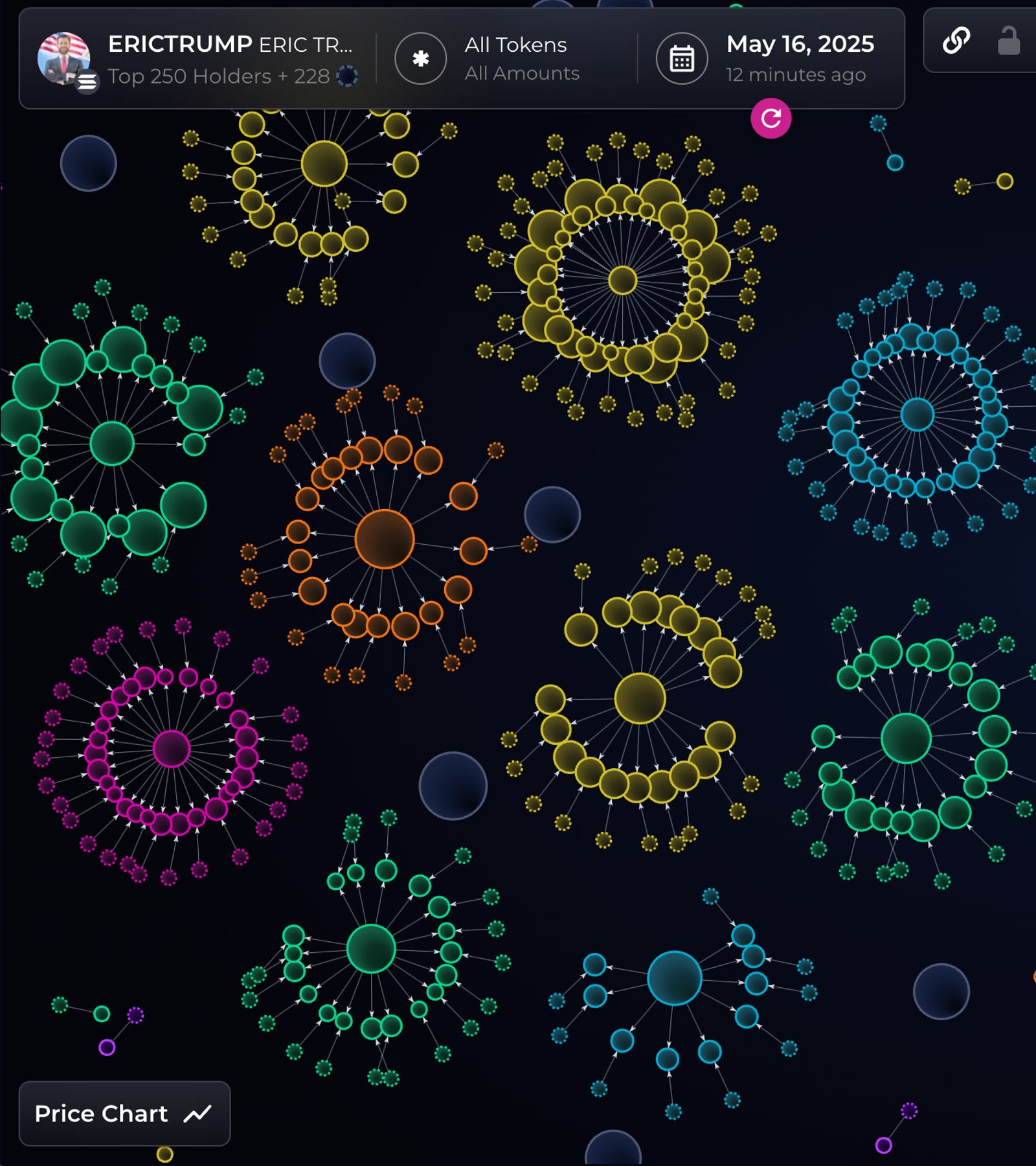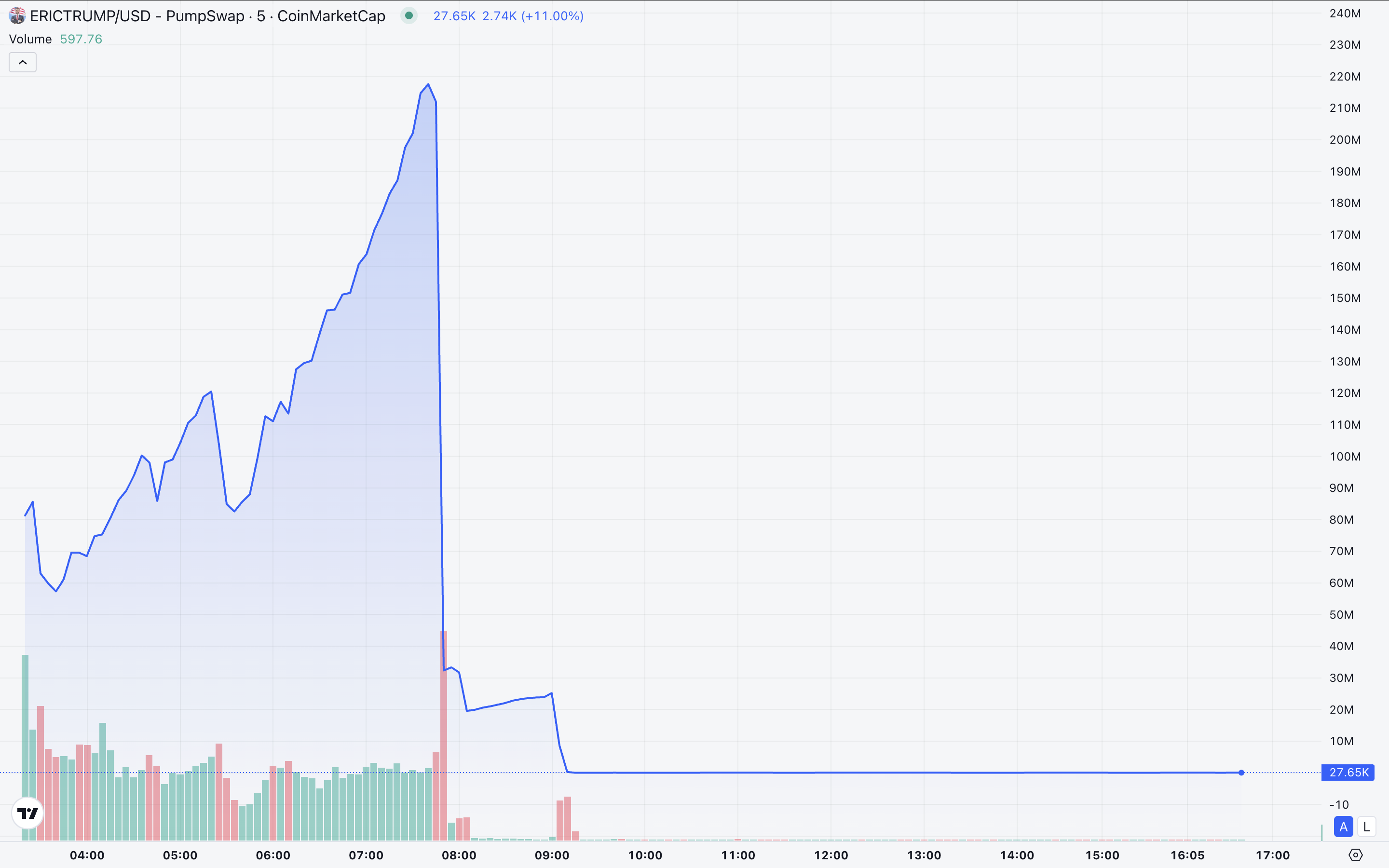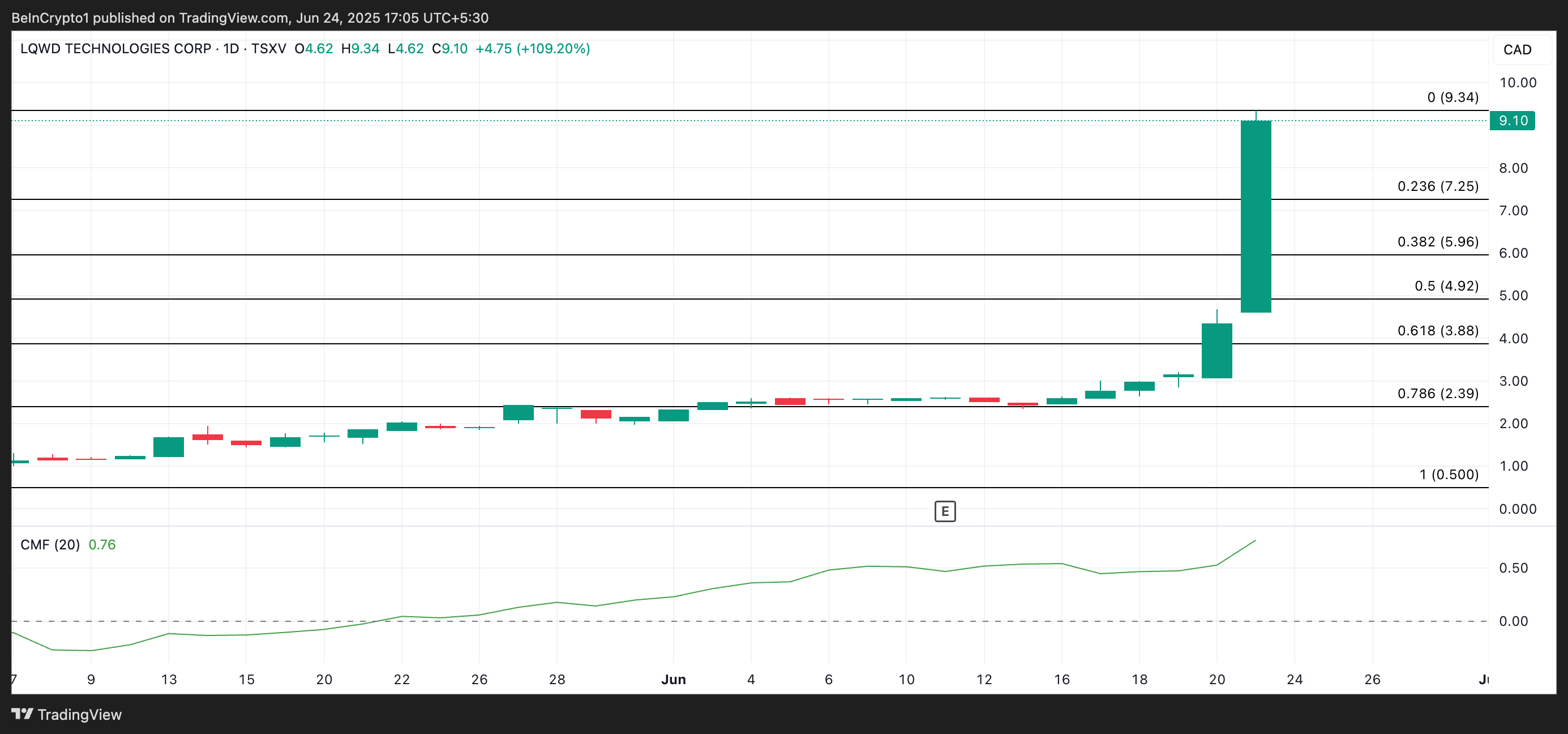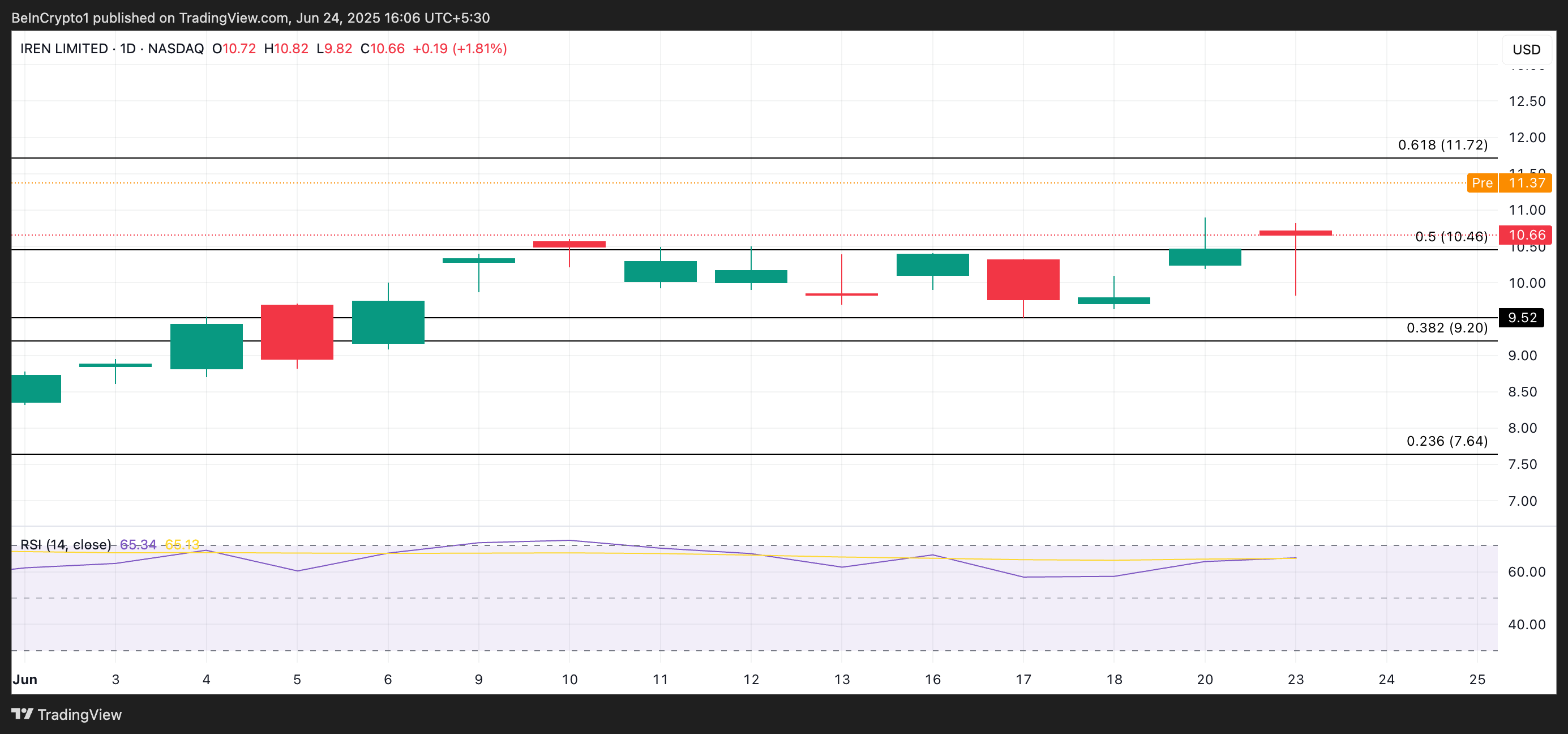
The post Top Altcoins to Consider Before Bitcoin Price Revives a Rise Back to $100K appeared first on Coinpedia Fintech News
Bitcoin price is closely correlated with many altcoins that closely follow the trend. These altcoins have been following the BTC price rally and experiencing a similar price action to the star token. Therefore, now that Bitcoin is believed to revive a strong ascending trend soon, these cryptos are expected to follow and probably rise and reach new highs.
The entire market triggered a massive breakout in Q4 2024, which pushed the BTC price to a new ATH close to $109K. This has also elevated the prices of the altcoins like Ethereum, XRP, Litecoin, Solana & Dogecoin. While Ethereum peaked above $4000, XRP above $3.3, Bitcoin almost reached $150, and Dogecoin $0.5. Meanwhile, the winner of the race was Solana, which managed to peak and form a new ATH above $295.
While almost the whole market faced a major rejection, followed by a pullback, these altcoins maintained the same ascending consolidation as Bitcoin. The prices of ETH, XRP, LTC, DOGE & SOL have been consolidating since the start of the month but under bullish influence. All of them are testing the resistance strongly and preparing for the next bullish move by the BTC. Once done, these altcoins are believed to trigger a 30% upswing.
While Bitcoin price is primed to rise back to $100K after securing the resistance at $95,000, Ethereum price is expected to surge above $2000. Besides, the XRP price is expected to surpass the crucial resistance at $2.6. Meanwhile, Solana’s price is expected to make it to $180, and Dogecoin’s price could surge above $0.2 and eventually reach $0.25. However, to do so, the Bitcoin price is required to close the weekly trade above $95,000 and secure the resistance at $96,800 before the end of the month.










